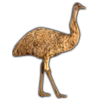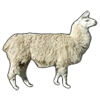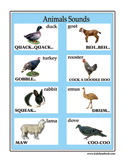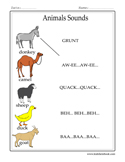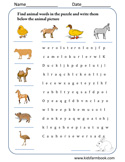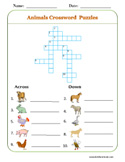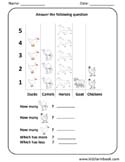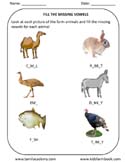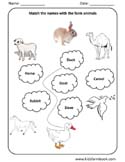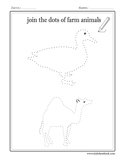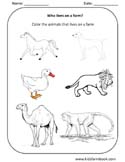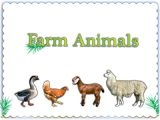DESCRIPTION:
A camel is an even-toed ungulate within the genus Camelus, bearing distinctive fatty deposits known as humps on its back. There are two species of camels: the dromedary or Arabian camel has a single hump, and the Bactrian camel has two humps. They are native to the dry desert areas of West Asia, and Central and East Asia, respectively. Both species are domesticated to provide milk and meat, and as beasts of burden.
The term camel is also used more broadly to describe any of the six camel-like creatures in the family Camelidae: the two true camels, and the four South American camelids, the llama, alpaca, guanaco, and vicuna.
The average life expectancy of a camel is 40 to 50 years. A fully grown adult camel stands 1.85 m (6 ft 1 in) at the shoulder and 2.15 m (7 ft 1 in) at the hump. The hump rises about 30 inches (76.20 cm) out of its body. Camels can run at up to 65 km/h (40 mph) in short bursts and sustain speeds of up to 40 km/h (25 mph).
Fossil evidence indicates that the ancestors of modern camels evolved in North America during the Palaeogene period (see also Camelops), and later spread to most parts of Asia. Humans first domesticated camels before 2000 BC.
|


